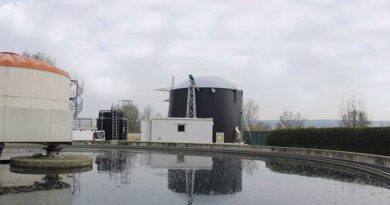The scrapping of the Moolawatana green hydrogen project in South Australia, which planned to have 6 GW of renewable energy (mostly solar) to power its electrolysers is a sign of the many challenges that remain to be surmounted for green hydrogen to be truly green. Water use and wastage being key.
Plans for a massive green hydrogen hub to be built in South Australia have been shelved, as confirmed by the project developer.
Terry Kallis, Founder and Executive chair of Kallis Energy Investments, which was backing the project, announced the decision, citing unacceptable risk linked to dependable water supply.
Readers will be aware that green hydrogen projects, which will effectively break down water into Hydrogen and oxygen using electrolysers powered by renewable energy, need a ready supply of water. The Moolawatana project, as it was called, was counting on 6 GW of renewable energy and water to produce Green hydrogen. The project was first announced in November 2021, subject to environmental assessments, which have clearly come out negative now
Plan included the construction of a dedicated pipeline to facilities near Port Bonython, for processing green hydrogen into ammonia that could then be prepared for export.
In some ways, the early decision to junk the project is welcome, as it prevents massive wastage of investments otherwise. There is also a lesson in it for other planned green hydrogen hubs worldwide, as high irradiance zones for solar energy do not always lend themselves to areas with easy availability of water. India, which has planned massive solar parks with possible tie-ins to green hydrogen manufacturing in the semi-desert Kutch region of Gujarat, will also need to take note of such reports, as current rules on environmental clearances for renewable energy and linked to that, green hydrogen remain very lax. South Australia in particular, suffered from an extended drought from 2017-2019 when the critical Murray-Darwin river basins suffered massively due to lack of adequate rainfall.
Even as some of the largest green hydrogen projects hope to source water from the sea and use desalinators to make the water usable, issues remain around the impact of such desalinators on project costs and eventual price of the hydrogen produced.
In some ways, to use a simpler analogy, the search for green hydrogen is a lot like the search for purer water in households, where we have seen the widespread use of RO systems, which waste a lot of water before delivering clean water, cause massive wastage of water even in water stressed areas.
(Visited 565 times, 1 visits today)





